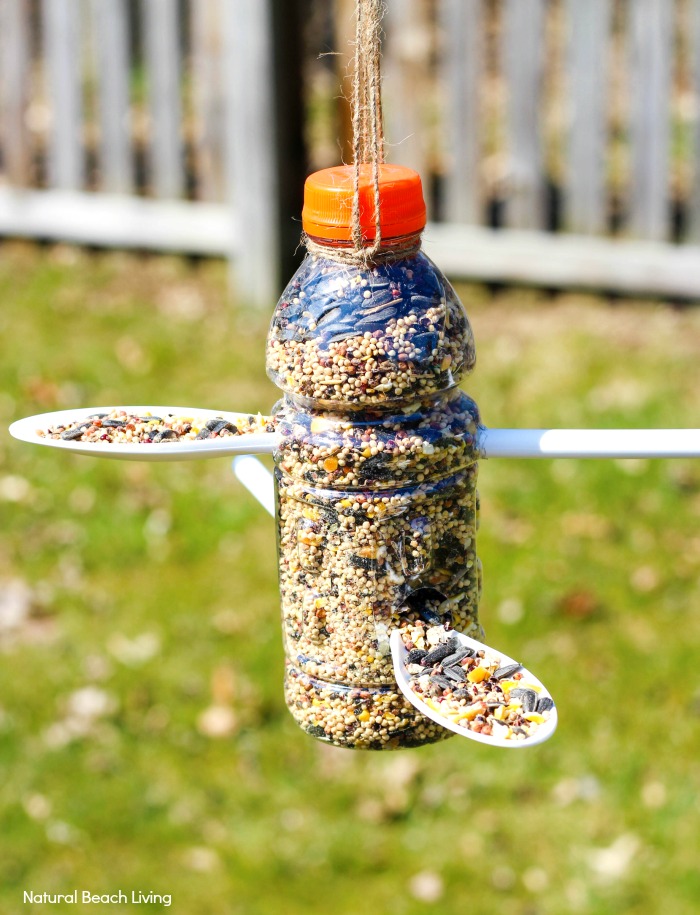

An entrance hole should be 1 1/2 inches in size.

This will allow access to monitor and correct any problems that might come up. If you plan on putting up a birdhouse, place it on a pole 5 to 6 feet above the ground.

Bird Housesīluebird Pair Hanging Out on Purple Martin Gourd Rack Therefore, it is important to provide suitable nesting sites and other support to help ensure their survival.Īdditionally, it is important to avoid disturbing them during this critical time, as human interference can be harmful to their well-being. It is important to note that fledgling bluebirds may be vulnerable to predation and other dangers, such as cold temperatures, during their first few nights out of the nest. They may also roost in birdhouses or other artificial nesting sites that are suitable for bluebirds. Where do Fledglings Sleep at Night?įledgling bluebirds are young birds that have recently left their nest and are learning to fly and feed themselves.Īt night, they typically roost together in trees or shrubs close to their nest site. They are trying to get the young out on their own. So if you don't see the adults around as often, this may be the reason. While calling to the young and because the babies are hungry, the birds will fledge from the nest to get fed.

The adults will have food in their beaks and be in sight of the nest site so the young bluebirds can see them. When do Bluebirds Fledge?Īs stated above, baby bluebirds will leave the nest in 15 to 20 days after hatching. The young will claim new territories and not nest where they were born. These fledgling birds may stay together through fall and join other flocks later. Depending on weather and other factors, up to 4 broods may be raised. The male will often keep feeding the fledglings while the female begins a second nest.
#Build your own bluebird feeder how to#
Bluebird Nesting StatsĪfter the young leave the nest, the male continues to teach them how to find food and protect themselves from predators. They will often fluff up their feathers and tuck their heads under their wings to conserve body heat and rest during the night. The male bluebird will keep bringing food to the young continually, without brooding.īoth the male and female Eastern Bluebirds will take turns sleeping in the nest box to guard the eggs or chicks. She will leave from time to time to find insects to feed the young, but stay and brood for a while after each feeding. The female broods them by covering them with her body. When baby bluebirds hatch, they are featherless and unable to regulate their body temperature. Incubation (birds do not have a gestation period) will last between 13 and 16 days and the young will leave the nest within 15 to 20 days of hatching. The female will begin incubating the eggs when the last or next to the last egg is laid.īefore the completion of egg laying, the female will go out and feed each day. The female lays 1 egg each day until the clutch size reaches between 3-6 pale blue eggs. The nest is placed in a birdhouse or abandoned woodpecker hole, usually 3-20 feet above the ground. The nest is made of grasses, plant stems, and pine needles, and lined with hair, feathers, and fine grasses. If there was ever a bird in need of our help in providing nest boxes, it is the Eastern Bluebird.


 0 kommentar(er)
0 kommentar(er)
